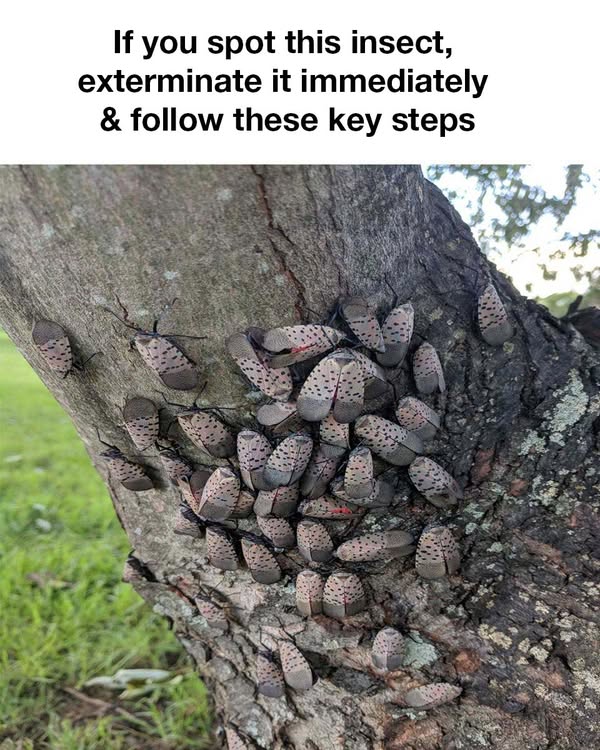
The Spotted Lanternfly: A Menace in the US
In recent years, the spotted lanternfly (Lycorma delicatula), an invasive pest, has been a major concern in several US states. It’s known for the great damage it causes to agriculture and the environment. Here’s what you should know about it, why controlling its population is crucial, and how you can help get rid of it safely.
What Is the Spotted Lanternfly?
The spotted lanternfly is an invasive planthopper from parts of China, India, and Vietnam. It was first found in Pennsylvania in 2014 and has since spread to states like New Jersey, Virginia, and Ohio. It feeds on the sap of over 70 plant species, threatening US agriculture and forestry.
Adult lanternflies are about 1 inch long and half an inch wide, with striking wings. Their forewings are gray with black spots, and hind wings have red, black, and white patterns. Nymphs are black with white spots and turn red before becoming adults.
Why Kill the Spotted Lanternfly?
- Economic Damage: It seriously threatens the grape-growing industry and other agricultural sectors. Its feeding weakens plants, making them more prone to diseases and reducing crop yields.
- Environmental Impact: It can damage or kill native trees, disrupting local ecosystems.
- Nuisance in Residential Areas: When feeding, it excretes honeydew, which attracts bees and wasps and causes sooty mold growth. The mold can damage plants and make outdoor surfaces sticky and black.
How to Safely Kill the Spotted Lanternfly
If you spot a lanternfly, killing it helps control its population.
- Manual Removal:
- For nymphs and adults: Crush them with your hand or a small object. Wear gloves as they may leave an irritating residue.
- For egg masses: Scrape them into a bag with hand sanitizer or rubbing alcohol to ensure the eggs don’t survive.
- Sticky Bands: Wrap tree trunks with sticky bands to trap nymphs and adults. But cover the bands with a protective cage or mesh to avoid catching birds and other wildlife.
- Use Insecticides: Insecticidal soaps, neem oil, or stronger chemicals can work. Always follow label instructions and consider environmental impacts, especially near food crops or water sources.
- Report Sightings: If in a state where it’s an invasive pest, report sightings to the local Department of Agriculture or extension service for further guidance.